This series explores my week distilling at Strathearn distillery in Perthshire. If you haven’t read the prologue, Day 1, or my review of Strathearn, now’s a good time to do that.
Delilah was gone. A man came into the office, hoisted her, and carried her off to his truck with a grin on his face. I watched, aghast, as Tony waved him goodbye from the doorway. The truck rumbled over the speed bumps while Delilah sat cold, alone, and forlorn in the pick-up bed, gleaming in the morning February sun. Strathearn didn’t need Delilah anymore, so they sold her.
This is not a tale of human trafficking. I’m referring to Delilah the still, half of a matched pair of small copper stills. The other half, appropriately named Samson, remained in the stillhouse for small-batch gin runs. We’d be doing one of those today.
Our second day at Strathearn’s whisky school began around 8am with frost still on the rooftops. The first day provided a good introduction to the distillery and its equipment and gave us a feel for the workflows. Jeff and I met up with David and Liam, Strathearn’s head distillery, in the stillhouse and talked about the day’s work. There was another wash run to do on Bella, we’d need to clean the fermenter and prep the mash tun for mashing on the morrow, and make a batch of gin on Samson. Today we’d start getting into the real meat and potatoes of making spirits.
Yesterday David had Bella running by the time we arrived to the distillery. Not so today. Our first order of business was filling Bella with wash from fermenter #2. We hooked up the hoses and pumped the wash over to Bella using a hydraulic pump (there were a couple of these small pumps in the stillhouse and we used them for all manner of purposes throughout the week). Strathearn uses a stand pipe in the bottom of each fermenter to keep the yeast and trub from going into the still. We drained off a sample and took a hydrometer reading. Dry as a bone, which is good because that means all of the sugar in the wort has been turned into alcohol.
Bella can take around 800L of “charge,” and we used a yardstick placed inside the still to measure the distance between the height of the liquid and the hatch. Once we’d reached optimum fill we closed the hatch, engaged the vacuum seal, turned on the gas, and started the recirculation (as mentioned in Day 1). Bella was off to the races.
Strathearn makes several different spirits. You have to be careful with your strategy because certain spirits can impact the stills long after their distillation is complete. Gin is a prime offender. It is typically made with a mixture of grain neutral spirit (GNS), water, and botanicals (herbs and berries that give the gin its flavor) and rectified together. The botanicals give off oils during distillation that adhere to the stills’ copper interior lining, and, if left unchecked, can flavor subsequent whisky or other spirit runs. That’s not good. The only way to rid the still of these oils is to do a caustic cleansing of all the parts in contact with the oils. Caustic cleanings are hard on the stills and shorten their lives. For this reason most distilleries use a “gin basket” in the lyne arm that keeps the botanicals together in a kind of mega tea ball. The vaporized alcohol passes through the gin basket where it picks up flavors en route to condensation. This is how Strathearn makes big batches of gin on Wee Erin. For small, contract batches of gin, however, Strathearn turns to Samson.
Samson is a propane-fired 100L still — a small guy without the gin basket-lyne arm — dedicated to mostly contract work. During my time at Strathearn we distilled some Orkney Kirkjuvagr gin as that distillery is being built at the moment. While Liam collected the botanicals, David instructed us to collect 50L of water and 50L of GNS. Strathearn uses several enormous food-grade plastic bins to store various alcohols, one of which is the aforementioned GNS. If you’ve visited a distillery that makes gin or vodka, you’ll have seen their column still. You need a column still to reach 95% ABV, and there are industrial distilleries that run 24/7 making GNS for commodity sales. Rather than install a column still in their stillhouse, Strathearn purchases GNS for rectification into their various gins, a common practice among gin producers worldwide.
With Samson full, we mixed up the water and GNS just as Liam returned with a bowl brimming with 16 different botanicals — Kirkjuvagr’s secret recipe. He dumped the whole lot directly into Samson’s belly to let them steep and boil. The recipe was in place so we pounded on the still’s cap with the heels of our hands, screwed together the lyne arm and condenser, and carefully lit the small propane burner. There was a bit of burner management David instructed us about, but it was fairly straightforward and soon we had two stills running in the stillhouse.
The rest of morning involved some of the less sexy tasks that need to be done to run a distillery. We made stock updates on various gins in big, blue barrels, noting their ABV and volume, before moving on to that Armagnac cask we picked out the day before. It needed filling, but you can’t just pour in the newmake. There are quite a few calculations that happen on the stillhouse floor, and one of those is arriving at the right ABV for barrel filling. The whisky industry has collectively arrived at 62-63% ABV as the ideal strength of spirit entering a barrel. Now this can change if you’re using smaller casks (I went into this in detail in Day 1‘s post), but for this 100L Armagnac cask David said we needed the strength to be 62%. The strength in the spirit receiver was 69.3%.
The spirit needed to be diluted. After a spell of mathematical wizardry we filled the cask with 89.6L of newmake and 10.4L of pure water. The bung goes in, the barrel gets rolled outside and into the warehouse, and Strathearn has another barrel at work.
The three of us split up to take care of as many tasks as possible. I manned Bella’s steam valve and controlled the heat to avoid foam over. Once the spirit began flowing I collected samples to ensure we’d achieved the right rate of output, which was 7-8s/100ml. I also kept an eye on Samson, which meant moving the spirit every 5L to a big bucket and making notes in the distiller’s log book. While I was busy with the stills Jeff climbed into the fermenter, a familiar place for the brewer, and began scrubbing out the protein deposits left behind from fermentation. Meanwhile David cut various gins for one-off bottlings at Tony’s request.
The busy morning gave way to a typically carb-loaded but empowering lunch of lasagna in the office. Stuart asked us if we wanted to try any drams, which was really a silly question. In between bites of salad and lasagna I tasted some of Strathearn’s most creative and beguiling spirits, including a peated Genever and a peated malt gin aged in French oak.
This was a work day, however, not a trip to the bar. A palette of bags of ground malt arrived and it was up to the whisky school lads to hump it through the stillhouse and up the steps to the mezzanine. Liam, the strapping 23-year-old head distiller, also helped and made it look all too easy. Tomorrow was a mash day so we needed to prepare the mash tun. I climbed in and laid down the perforated plates as David instructed me, then screwed together the valves, grist hydrator, and sparge arms. Upstairs Jeff began unloading 17 bags of malt into the hopper — exactly the amount we needed for a mashing — and I joined him soon after to help.
At this point Samson had finished his run of gin. The spirit was coming off the still at 40% ABV and the flavors were off. In total we’d collected 58L of Kirkjuvagr gin. Bella was winding down on her wash run, too, and we took her down to 1% ABV before killing the steam. We pumped the low wines into the receiver and had a total of 850L of low wines from the wash runs yesterday and today, plus some feints leftover from spirit runs last week. We added 50L of water to bring the total to 900L, which was perfect for a pair of spirit runs in the coming days.
It was time to hit the showers, for the stills that is. We broke down both Bella and Samson and began the surprisingly detailed process of cleaning their parts. The condensers and lyne arms need to be hosed out, and Bella needed her pot ale (the sludgy remnant left after a distillation) pumped into the receiver outside. The local farmer takes this away for fertilizer and/or feed. It took a long time to hose down Bella, but cleanliness is not something you skimp on in distilleries and breweries unless you want funky products.
Day two was an enormously satisfying and busy day in the distillery. I was learning that working in a distillery requires juggling multiple tasks. You can’t just turn on the still and stare at it. Most of the time it does its work without your intervention, but it does require periodic check-ins lest it boil over. In the meantime, you clean. Or test the inventory. Or prep for tomorrow. David and Liam did a great job of working us into the day’s tasks, but they also worked on their own jobs while we were busy holding down the fort. There’s a lot going on in any given day and I wondered how these two guys did it all without the school helpers (though I suppose sometimes they’re more work than help ;)).
As we drove back to Comrie in the dusk, Jeff and I stopped at Fowlis Wester to check out an ancient Pictish stone. People have lived in this land for thousands of years. The spirits were thick that night.
Disclosure: Strathearn provided me with a complimentary week of whisky school. All thoughts and opinions expressed here, as always, are my own. Special thanks to Jeff for the photo assist.

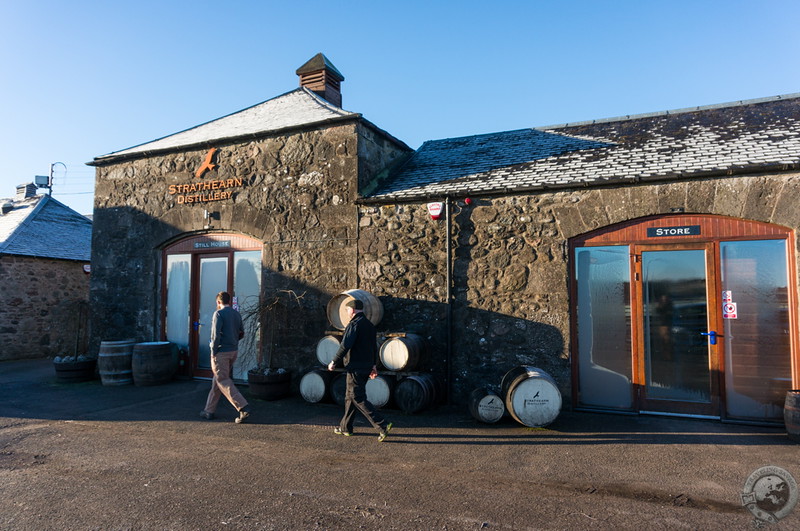
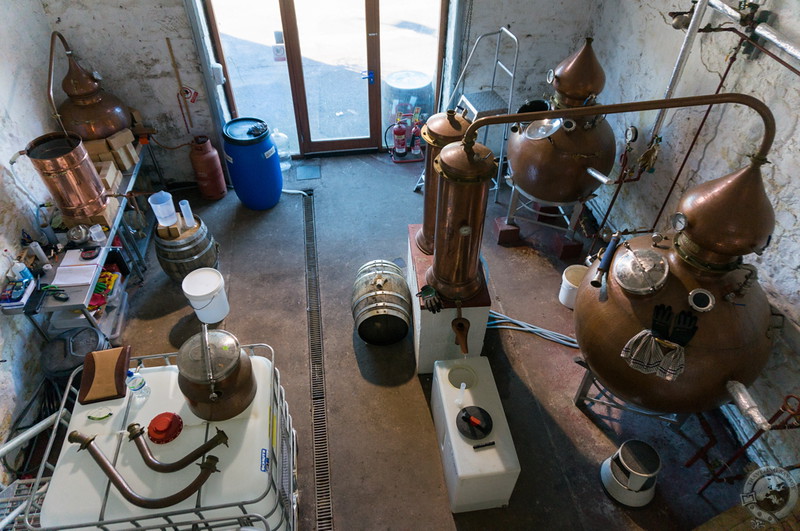
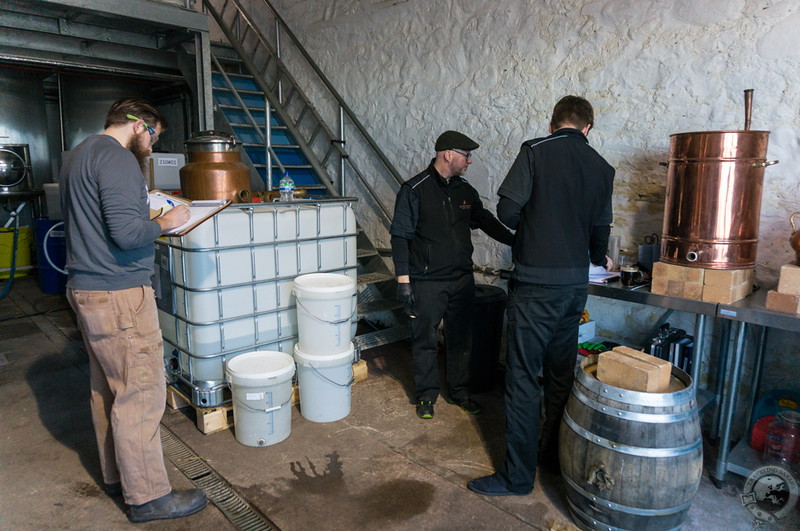
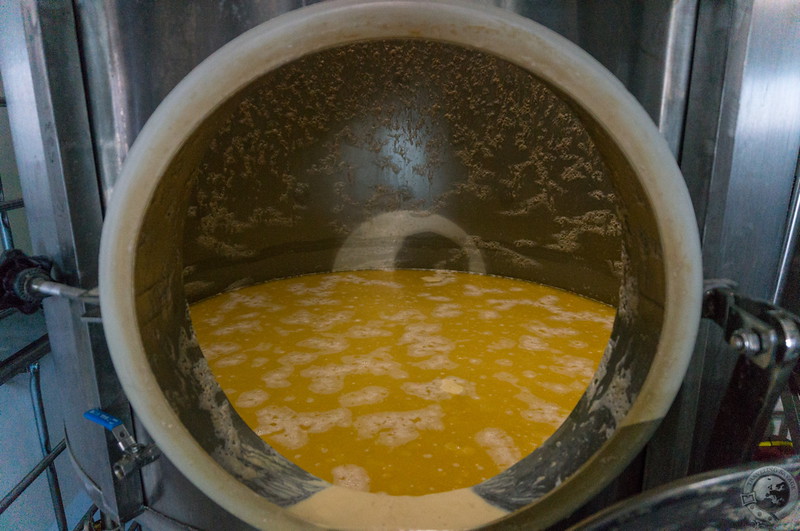
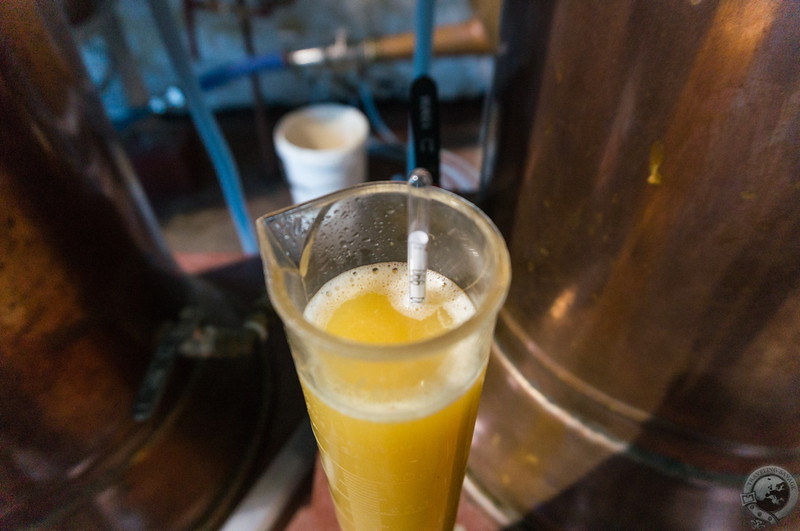
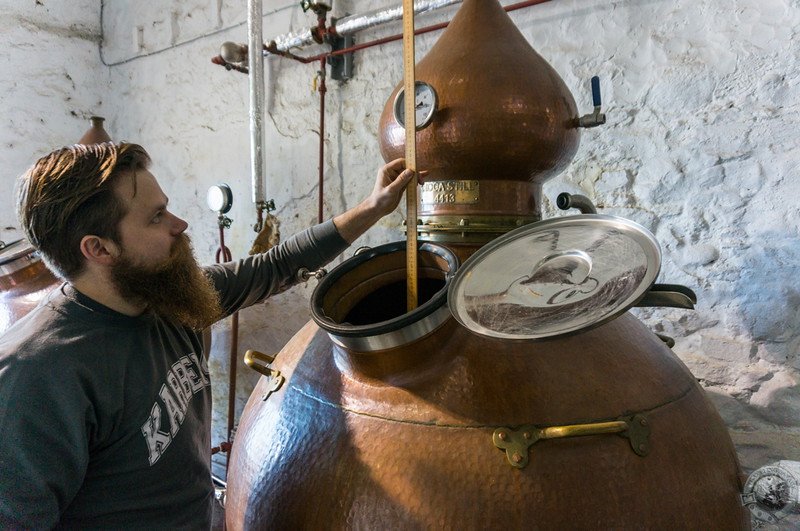
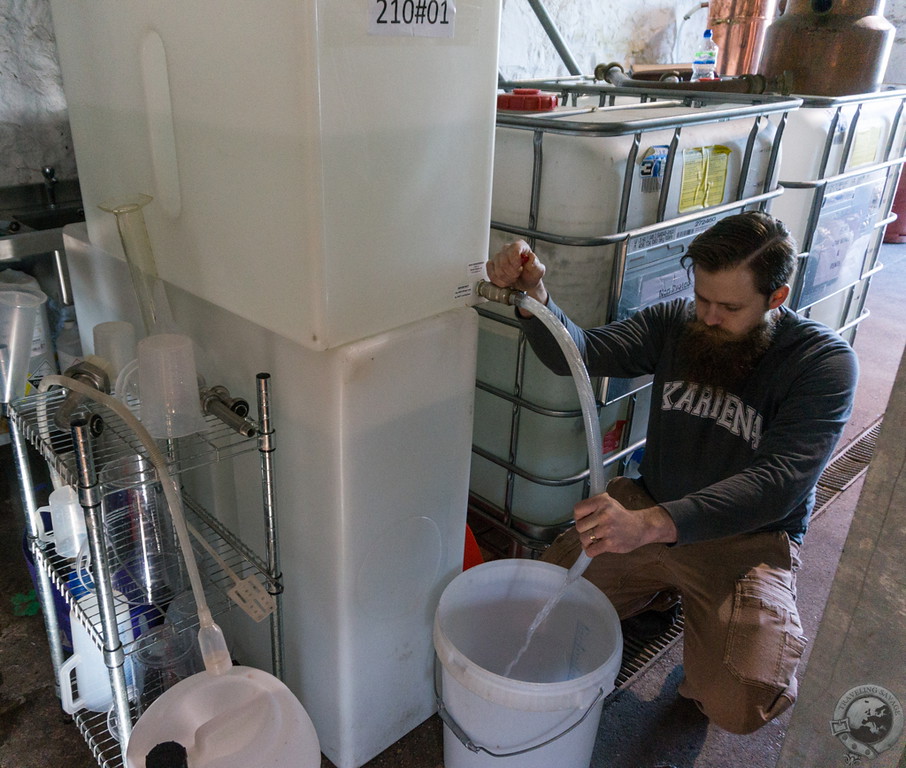
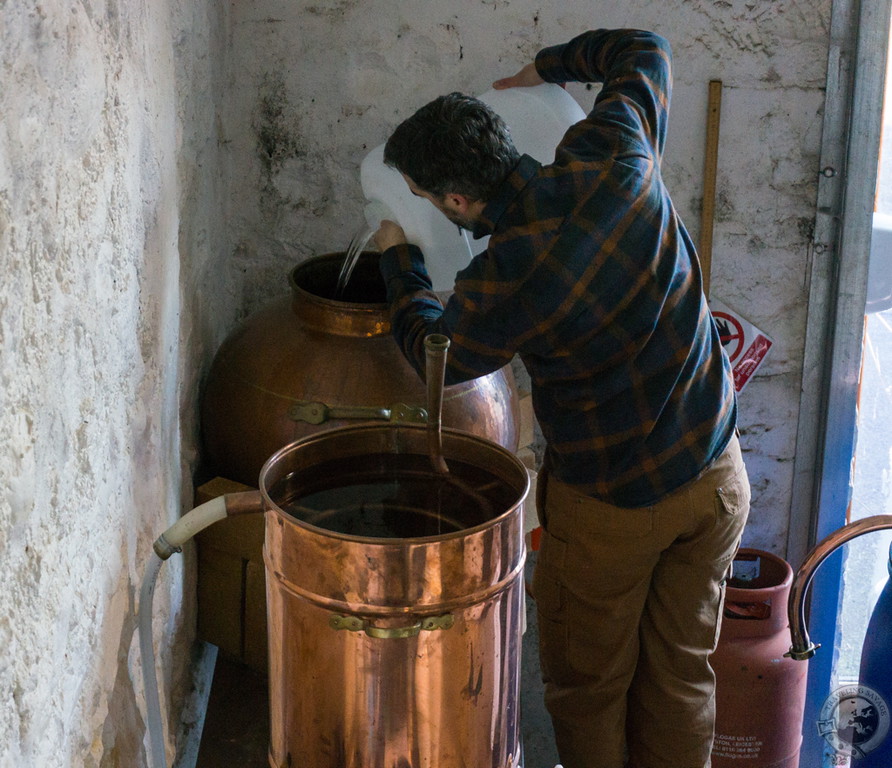
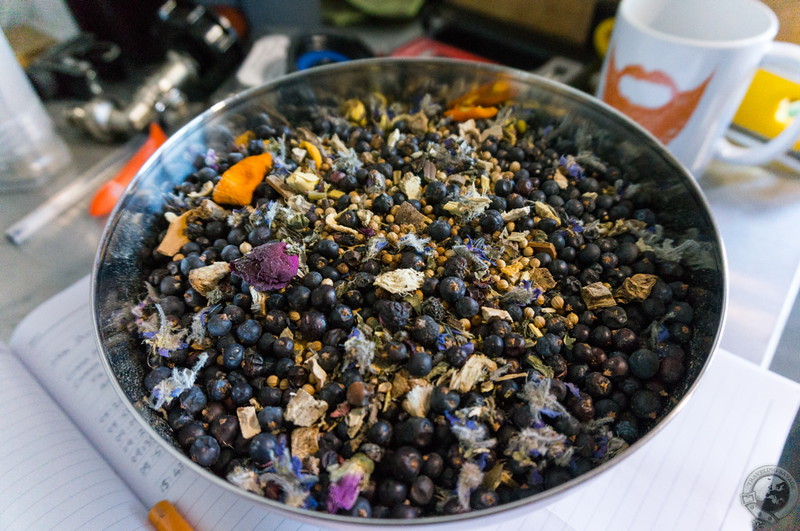
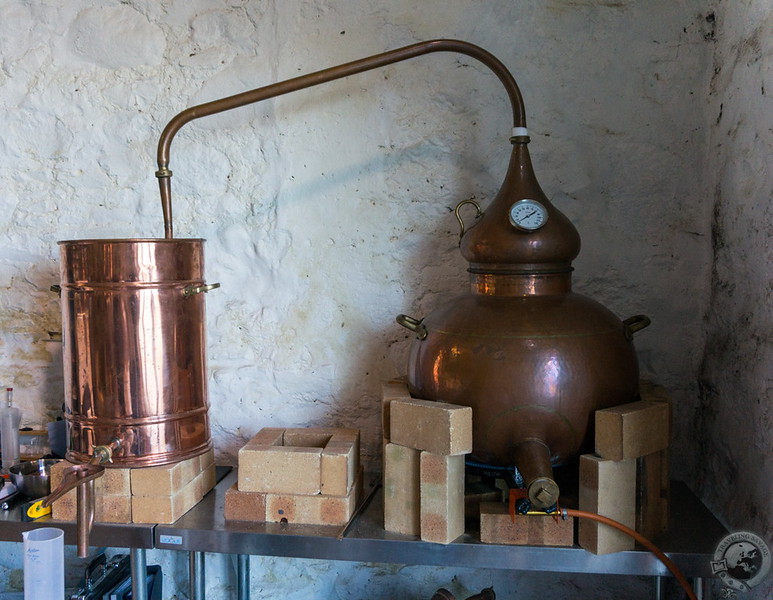
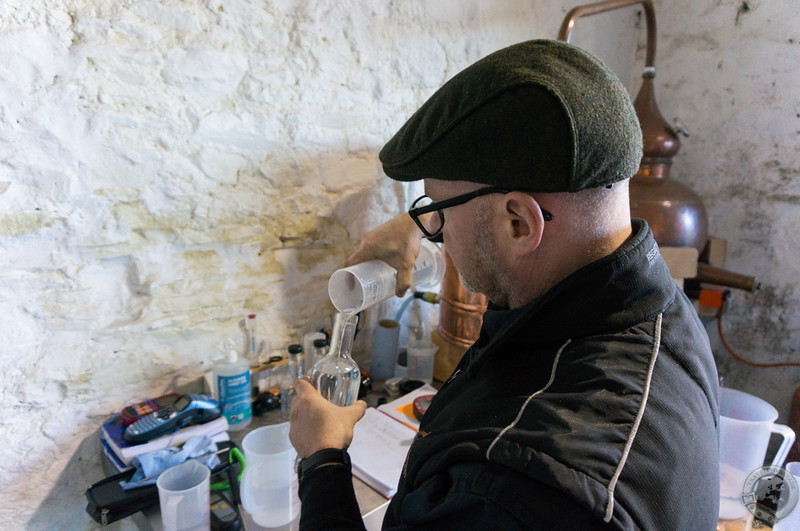
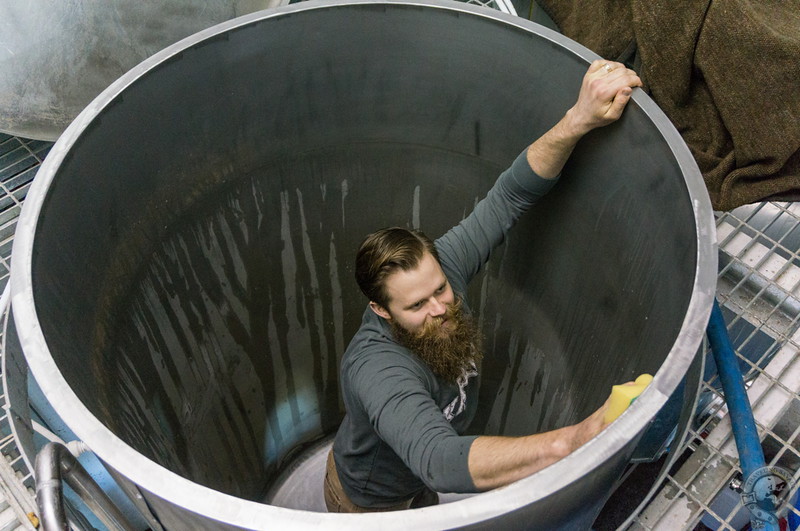
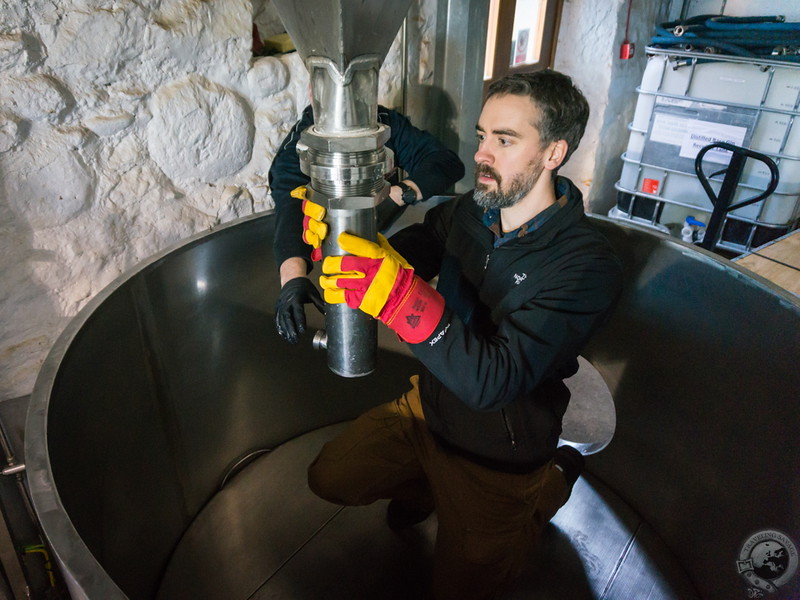
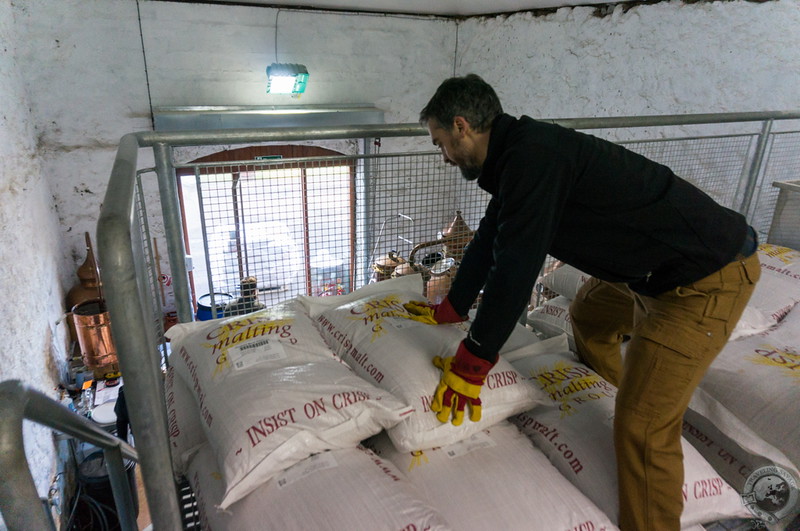
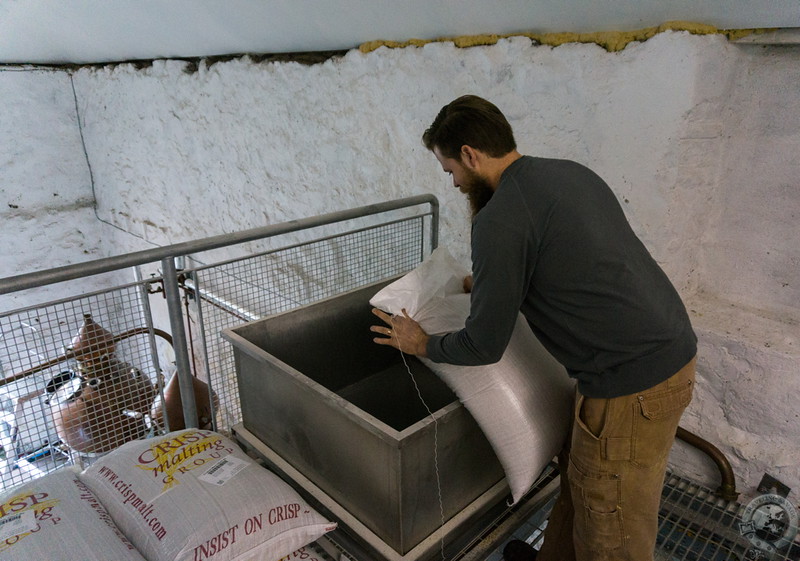
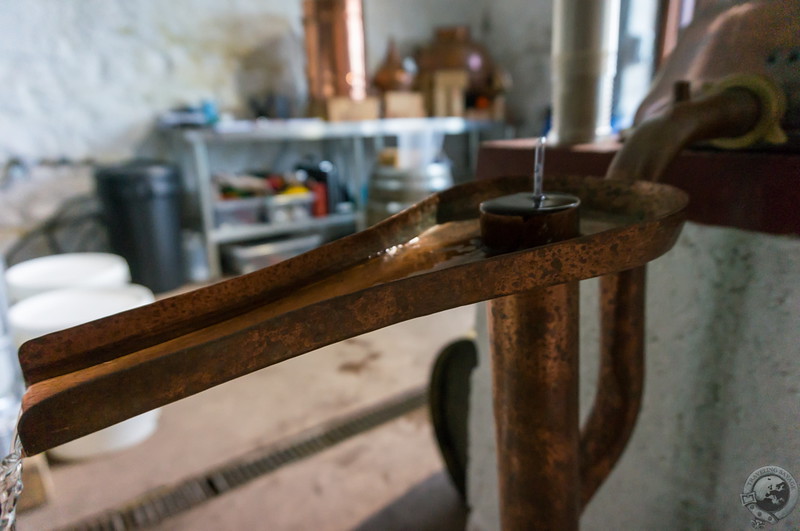
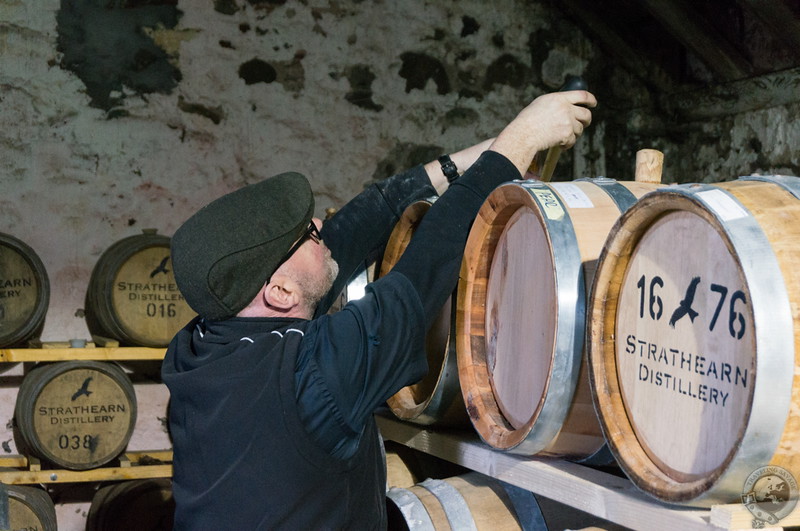
[…] distilling at Strathearn distillery in Perthshire. If you haven’t read the prologue, Day 1, Day 2, or my review of Strathearn, now’s a good time to do […]